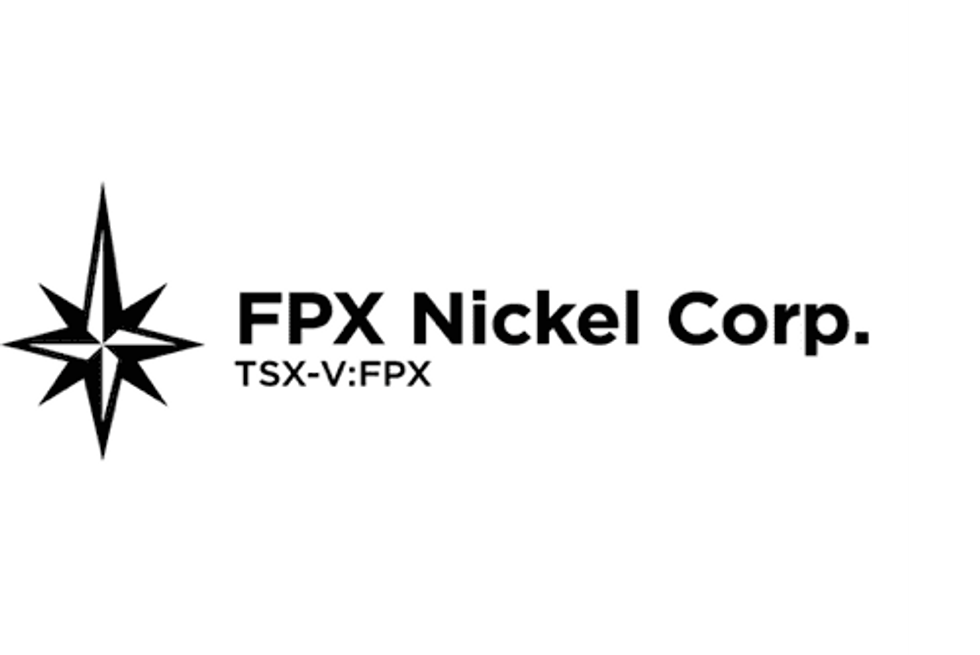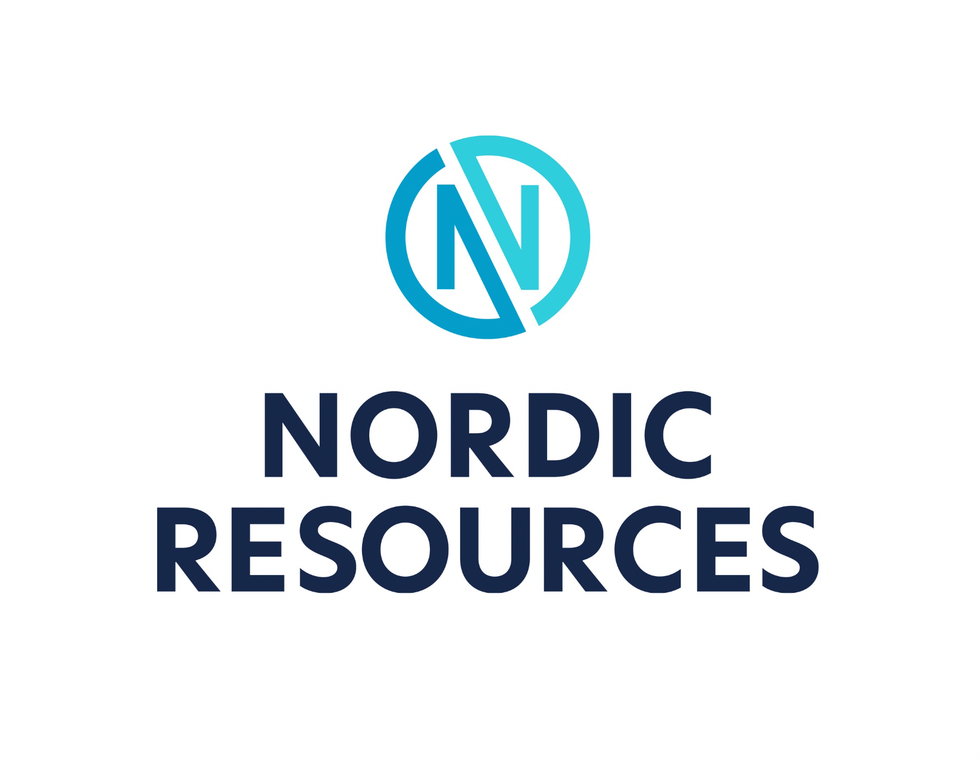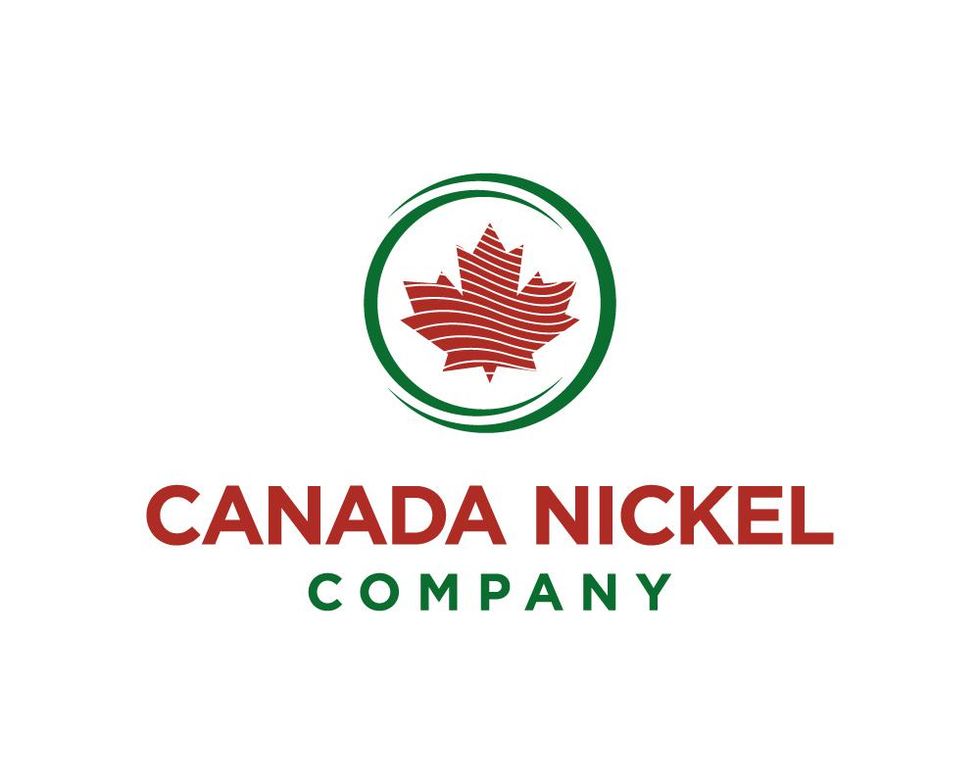Nickel is a substantial part of New Caledonia’s economy. Here’s a look at what it’s like to mine the metal in the country, as well as which companies are doing so.
Nickel has been mined in New Caledonia, a special collectivity of France, since 1875. The country, which is an archipelago located off Australia’s east coast, is the world’s fifth-largest producer of nickel, and the mineral accounts for a substantial part of its economy; currently it makes up 97 percent of the total value of New Caledonian exports.
Here’s a look at the history of nickel mining in the country, as well as which companies are currently exploring for and producing the metal in the nation.
A brief history of nickel in New Caledonia
In 1864, engineer Jules Garnier discovered nickel in New Caledonia. Mining of the metal began in the country in 1875, and by the end of 1981, total production was equal to 110 million tons of nickel ore.
Nickel oxide is plentiful in the islands as an ore called garnierite, named after Garnier. Historically, the ore was mined under what the United Nations University refers to as artisanal conditions, which limited production to very rich ores. However, modern mining methods have enabled production from ores that are less rich, opening more of the New Caledonian reserves to production.
Economic and geopolitical conditions
As nickel mining is such an important part of New Caledonia’s economy, conditions are favorable for foreign investment. However, it is important to note there is now a new procedure for authorizing mining works. This procedure includes public inquiries, environmental and socioeconomic studies on the prospective mine’s impact, a special administrative mining police force and financial guarantees for the environmental aspects of any mining venture, according to Informa Australia. It is intended to foster more socially and environmentally friendly mining practises.
Between 2012 and 2015, every existing mine is expected to go through this procedure; new mines will be subject to it as well. The “police des mines” are active, having issued 42 administrative orders and instigated seven judicial actions since 2009.
Nickel mining in New Caledonia
The largest mining project in New Caledonia is the Goro nickel plant. The project’s annual capacity is 60,000 tons of nickel and 4,300 to 5,000 tons of cobalt. Vale Inco, a subsidiary of Brazilian mining giant Vale (NYSE:VALE), holds a 69-percent interest in the project, while SUMIC Nickel Netherlands, which is jointly controlled by Japan’s Sumitomo Metal Mining (TSE:5713) and Mitsui (TSE:8031), holds 21 percent. The remaining 10-percent interest in the project belongs to New Caledonia.
Goro is an open-pit mine that has been dug 60 meters at its deepest. Its port recently received a critical upgraded from AECOM (NYSE:ACM) that makes importing supplies and exporting ore more efficient.
Another major nickel player in New Caledonia is Societe le Nickel, a subsidiary of French company Eramet (EPA:ERA). Societe le Nickel 30-percent owned by a local consortium that represents the indigenous peoples of New Caledonia.
Nickel exploration in New Caledonia
Mining in New Caledonia has historically been dominated by the French and local forces. However, that does not mean there is no room for companies from other locales. For instance, opportunities exist due to the fact that many mines that were closed before their production capacity was exhausted — that means they can be operated with minimal investment in exploration and discovery.
Companies exploring in New Caledonia include Jinchuan Group International Resources (HKEX:2362) and SMSP, which recently formed Chinese Caledonian Mining, according to The China Story Journal. A Korean company, POSCO (NYSE:PKX), also controls some projects in New Caledonia, specifically ferronickel deposits.
What’s an investor to do?
New Caledonia is a thriving market for nickel production that continues to expand with time, and there are plenty of opportunities for investment in companies that operate in the area. Potential investors should thoroughly research the companies in which they are interested, and keep in mind that, as mentioned, much of the mining in the region is done by French and state-owned companies.





